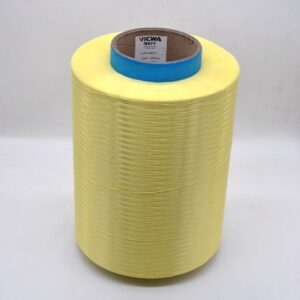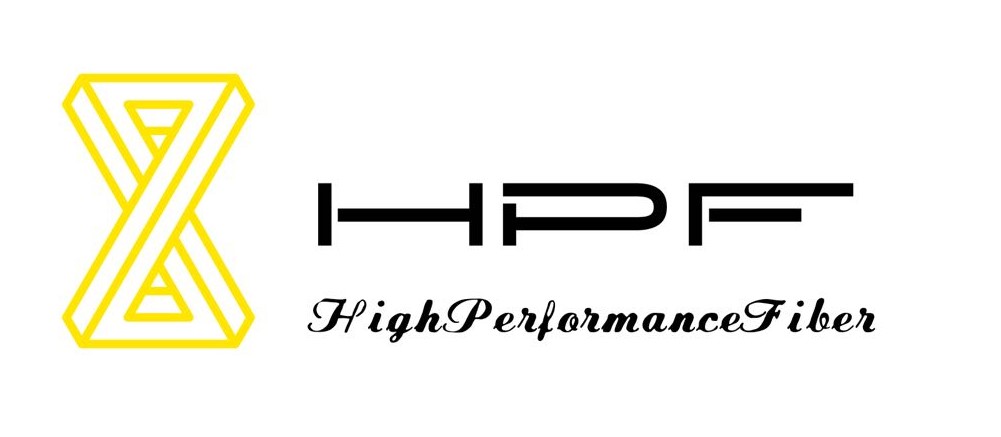
Aramid fiber is a kind of fiber which at least 85% of its amide bonds (-CONH-) are directly connected to the benzene ring. In the 1960s, aramid fibers made significant progress in high-tech applications as a new high-performance material. During this period, the poly-m-phenylene isophthalamide fiber (trade name Nomex) developed by DuPont was widely used in fire-fighting suits, racing suits and industrial filter materials due to its excellent flame retardancy and electrical insulation. In 1965, the team of Stephenic Kwolek of DuPont in the United States successfully developed another high-strength and high-modulus para-aramid fiber, trade name Kevlar. The specific strength of para-aramid fiber is 5 to 6 times that of steel wire, the specific modulus is 2 to 3 times that of steel wire or glass fiber, the toughness is 2 times that of steel wire, and the density is less than 1/5 of that of steel wire. It is more than 4 times that of polyester industrial yarn and aliphatic polyamide (nylon), and para aramid fiber can still maintain high mechanical strength above 200 °C. The advent of para-aramid fibers has become a milestone in the development of high-strength and high-modulus fibers. At the same time, the research and development of para-aramid fibers has promoted the progress and development of many fields such as liquid crystal, polymer solution rheology and fiber processing.
Due to the great success of Kevlar fibers, many scientists have devoted themselves to further copolymerization and modification of para-aramid fibers. At present, several kinds of copolymerized aramid fibers have been successful, namely Twaron fibers, Vicwa fibers and heterocyclic aramid fibers (Armos) etc. The mechanical properties of Armos fiber and its composite properties with resin surpass those of para-position fiber, which makes Armos fiber widely used in Russia’s defense and military fields.
China began to develop aramid fibers in 1972, and passed the identification of meta-aramid fibers in 1981 and para-aramid fibers in 1985, which are equivalent to Nomex and Kevlar of DuPont in the United States. In recent years, China made aramid has reached the requirements of international brands’ aramid, and is widely used in various fields. China has also carried out research work on heterocyclic aramid similar to Russian Armos. On the whole, China’s aramid fiber market has broad prospects, and the product and market are still in the development stage.



